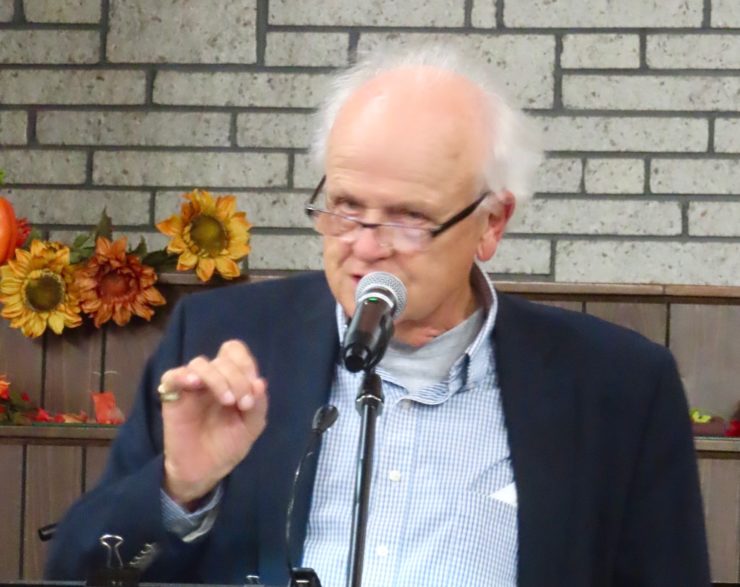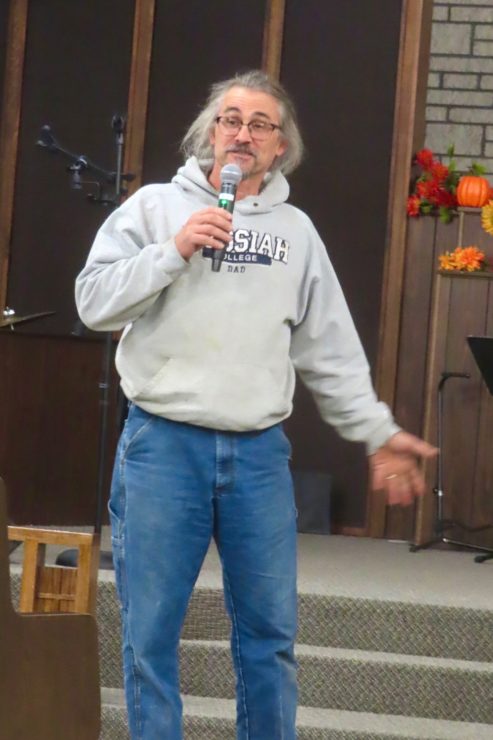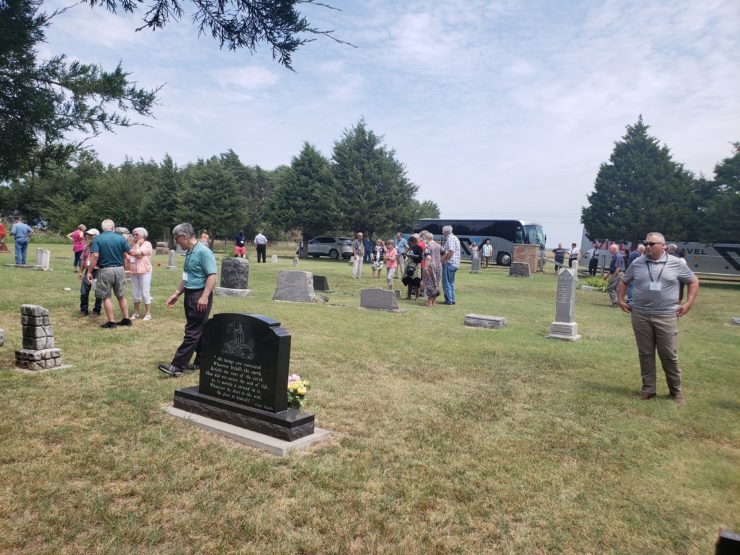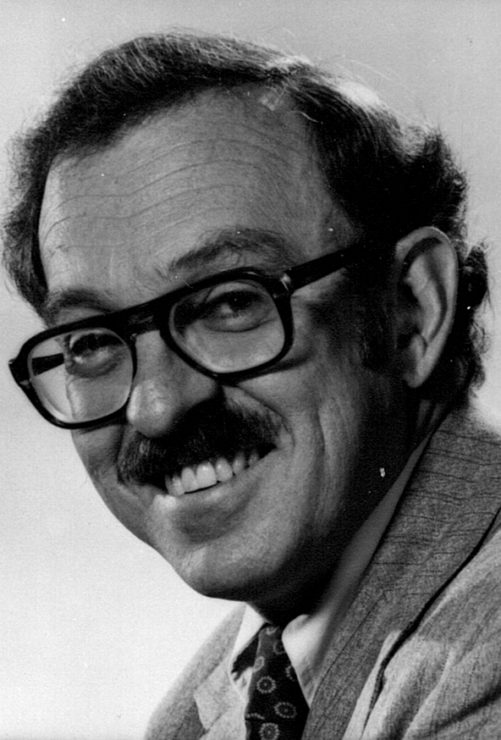As students of Brethren in Christ history know, contemporary documentation of the church’s activities during the American Civil War is rather rare, particularly concerning its response to the Union draft. Even though conscription allegedly served as the impetus for changing the denomination’s name from “River Brethren” to “Brethren in Christ,” no evidence from the war period has been uncovered to support that legend. ((Carlton O. Wittlinger, Quest for Piety and Obedience: The Story of the Brethren in Christ (Nappanee, IN: Evangel Press, 1978), 27, 33.)) Consequently, every document from the 1860s pertaining to the Brethren and their relationship to the war and the draft is invaluable in developing an accurate understanding of the church’s peace history.
On a recent foray into the Pennsylvania Civil War draft records at the National Archives at Philadelphia, a previously unknown reference to the Brethren’s response to the draft was discovered. The register of letters received by the Acting Assistant Provost Marshal General (AAPMG) for the Western Division of Pennsylvania, headquartered at Harrisburg, PA, shows the following entry for August 10, 1864:Returned to Gov. A. G. Curtin, Letter of Abraham Mellinger, dated near Siddonsburg, Augt 8, 1864, asking information about the present Enrolment [sic] and Draft laws, relating to such as have conscientious scruples against bearing arms, with endorsement from this office. ((Register of Letters Received, 1863-1866, Vol. 2, p. 593, Entry #3137, PH-5136, NAID 4913143, Western Division, Pennsylvania, Record Group 110, Records of the Provost Marshal General’s Bureau, National Archives, Philadelphia.))
The endorsements book contains a copy of the endorsement mentioned in the letter register: Harrisburg Aug 10th/64 – Respectfully returned to His Excellency Gov. A. G. Curtin – Sec 17 of the amendatory enrolment [sic] act, approved Feb 24th/64 provides for members of religious denominations. The persons referred to in this section, when drafted, have to report to the Enrolment [sic] Boards like other drafted men and will be dealt with according to the provisions of the law. Richd I Dodge Capt 8th US Infty A.a. P.M Gen’l. ((Endorsements, 1864-1866, Vol. 3, p. 49, Entry #3144, PH-5143, NAID 4913146, Western Division, Pennsylvania, Record Group 110, Records of the Provost Marshal General’s Bureau, National Archives, Philadelphia.))
Apparently, Abraham Mellinger, a Brethren in Christ minister, sent a letter dated August 8, 1864, to Pennsylvania Governor Andrew G. Curtin inquiring about exemptions from the draft for those having conscientious scruples against bearing arms. Shortly thereafter, the Governor’s office forwarded the letter to AAPMG Capt. Richard I. Dodge at the headquarters of the federal draft bureaucracy in the Commonwealth, also located in Harrisburg, the state’s capital. Because conscription was a federal process at that time, Curtin’s office must have determined that Dodge was the more appropriate person to handle Mellinger’s inquiry. Dodge did not deem the letter worthy of a lengthy reply. On August 10, his office simply penned the abbreviated response on the reverse of the letter, which was recorded in the endorsement book, and returned it to the Governor. Unfortunately, the original letter has not been located in state, federal or church archives, so we do not know its actual contents. These entries, however, demonstrate that the Brethren were concerned about the impact of conscription on their members and were astute enough to direct those concerns to government officials.
Who was Abraham Mellinger? According to Asa Climenhaga’s History of the Brethren in Christ Church, he resided in Monaghan Township, York County, Pennsylvania, and served as a minister in the “Cumberland district.” ((Asa W. Climenhaga, History of the Brethren in Christ Church (Nappanee, IN: E.V. Publishing House, 1942), 77-78.)) The 1860 Shearer and Lake map of York County placed his home at the abrupt bend of a road about halfway between the villages of Siddonsburg and Andersontown. ((Shearer’s Map of York County Pennsylvania (Philadelphia: W.O. Shearer & D.J. Lake, 1860), Monaghan Township.)) Writing in the first half of the twentieth century, Climenhaga noted that “the old historical Mellinger barn” could be visited “on the second sharp turn of the road a few miles from Bowmansdale.” Additionally, he commented that “this large, typical Pennsylvania barn served well as a place for the love feast occasions.” ((Climenhaga, 77.)) Today, only part of the barn’s foundation wall remains on the property of Countryside Animal Clinic (www.krusenvet.com).
Although the specific matters addressed in Abraham Mellinger’s letter remain unknown, it illustrates the apprehension that the Brethren in Christ and other Peace Churches had that the Union draft bureaucracy would continue to extend the privilege of paying the $300.00 commutation fee to their members for exemption from military service. The Conscription Act of 1863 provided that any man could pay commutation to escape service. As the federal government implemented the draft process, many men chose this means of exemption, causing Congress to severely limit commutation in a February 24, 1864 amendment to the Conscription Act. ((For a detailed discussion of Civil War conscription in the North and the pertinent federal legislation, see James W. Geary, We Need Men: The Union Draft in the Civil War (DeKalb, IL: Northern Illinois University Press, 1991).))
Furthermore, that amendment included specific language for conscientious objectors in Section 17 mentioned by Capt. Dodge: . . . members of religious denominations, who shall by oath or affirmation declare that they are conscientiously opposed to the bearing of arms, and who are prohibited from doing so by the rules and articles of faith and practice of said religious denominations, shall, when drafted into military service, be considered noncombatants, and shall be assigned by the Secretary of War to duty in the hospitals, or to the care of freedmen, or shall pay the sum of three hundred dollars . . . to be applied to the benefit of the sick and wounded soldiers: Provided, That no person shall be entitled to the benefit of the provisions of this section unless his declaration of conscientious scruples against bearing arms shall be supported by satisfactory evidence that his deportment has been uniformly consistent with such declaration. ((An Act to amend an Act entitled “An Act for enrolling and calling out the National Forces, and for other Purposes,” approved March third, eighteen hundred and sixty-three, U.S. Statutes at Large, Vol. XII (1866): 9.)) An additional amendment passed on July 4, 1864 essentially restricted the payment of a commutation fee only to conscientious objectors. ((Geary, 134-138.))
Since Mellinger wrote his letter in August of that year, he might have been reacting to the July amendment. His son John—also later a Brethren in Christ minister ((“Fallen Asleep” [obituaries], Evangelical Visitor, February 2, 1931, 36.))—filed a conscientious objector deposition with the state draft officials in 1862, ((Deposition #1865, York County, Register of Aliens and Persons having conscientious scruples against bearing arms, 1862, p. 390, Entry #3168, PH-5167, NAID 5049412, Western Division, Pennsylvania, Record Group 110, Records of the Provost Marshal General’s Bureau, National Archives, Philadelphia.)) and the consolidated list of enrollments for the 1863 federal draft noted that he had an “exemption on conscientious scruples.” ((Consolidated Lists of Civil War Draft Registrations, 1863-1865, Pennsylvania, 15th District, Vol. 2, p. 354, Entry #172, NAID 4213514, Record Group 110, Records of the Provost Marshal General’s Bureau, National Archives, Washington, DC, as viewed on www.Ancestry.com, 6 July 2022.)) Possibly, Abraham was fearful that John’s exemption would not be recognized under the 1864 amendments to the Conscription Act. Of course, we would like to know if Abraham wrote on behalf of his family or of his church. Hopefully, future research will bring his letter to light or provide a fuller understanding of its contents.
Jonathan Stayer is a graduate of Messiah College (now University) and archivist emeritus at the Pennsylvania State Archives. Research for this article was funded in part by a Kreider Fellowship from the Young Center for Anabaptist and Pietist Studies at Elizabethtown College, Elizabethtown, PA.
 This was a good year for the Historical Society. We welcomed two new members to our governing board: David Weaver-Zercher, professor at Messiah University, and David Downey, senior pastor of the Meeting House, Dillsburg, Pennsylvania. We try to keep a balance between scholars and ministers. We regret the retirement of our secretary, Beth Mark, whose good ideas and skill with words will be missed.
This was a good year for the Historical Society. We welcomed two new members to our governing board: David Weaver-Zercher, professor at Messiah University, and David Downey, senior pastor of the Meeting House, Dillsburg, Pennsylvania. We try to keep a balance between scholars and ministers. We regret the retirement of our secretary, Beth Mark, whose good ideas and skill with words will be missed.

 On a sunny afternoon in July,
On a sunny afternoon in July,